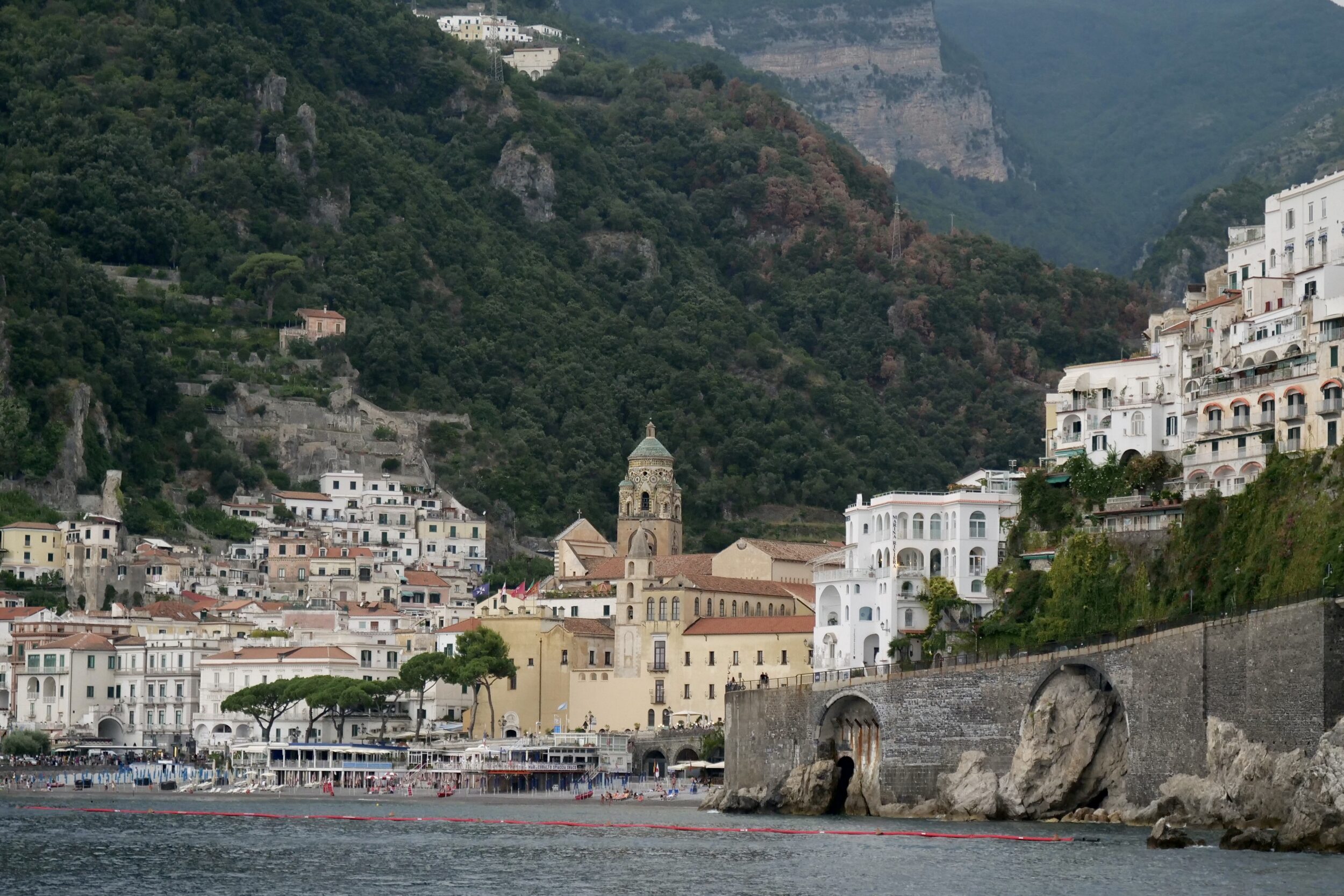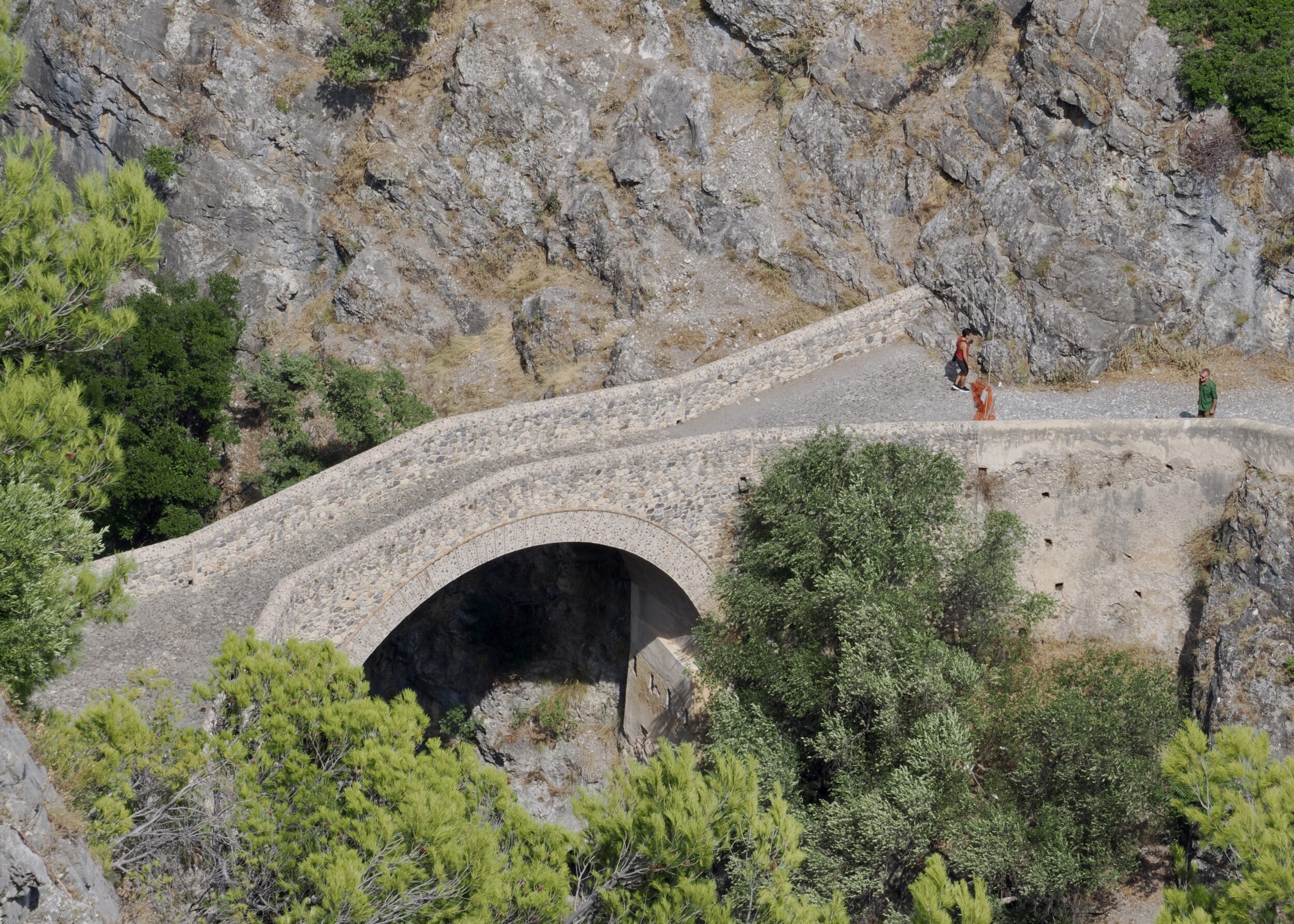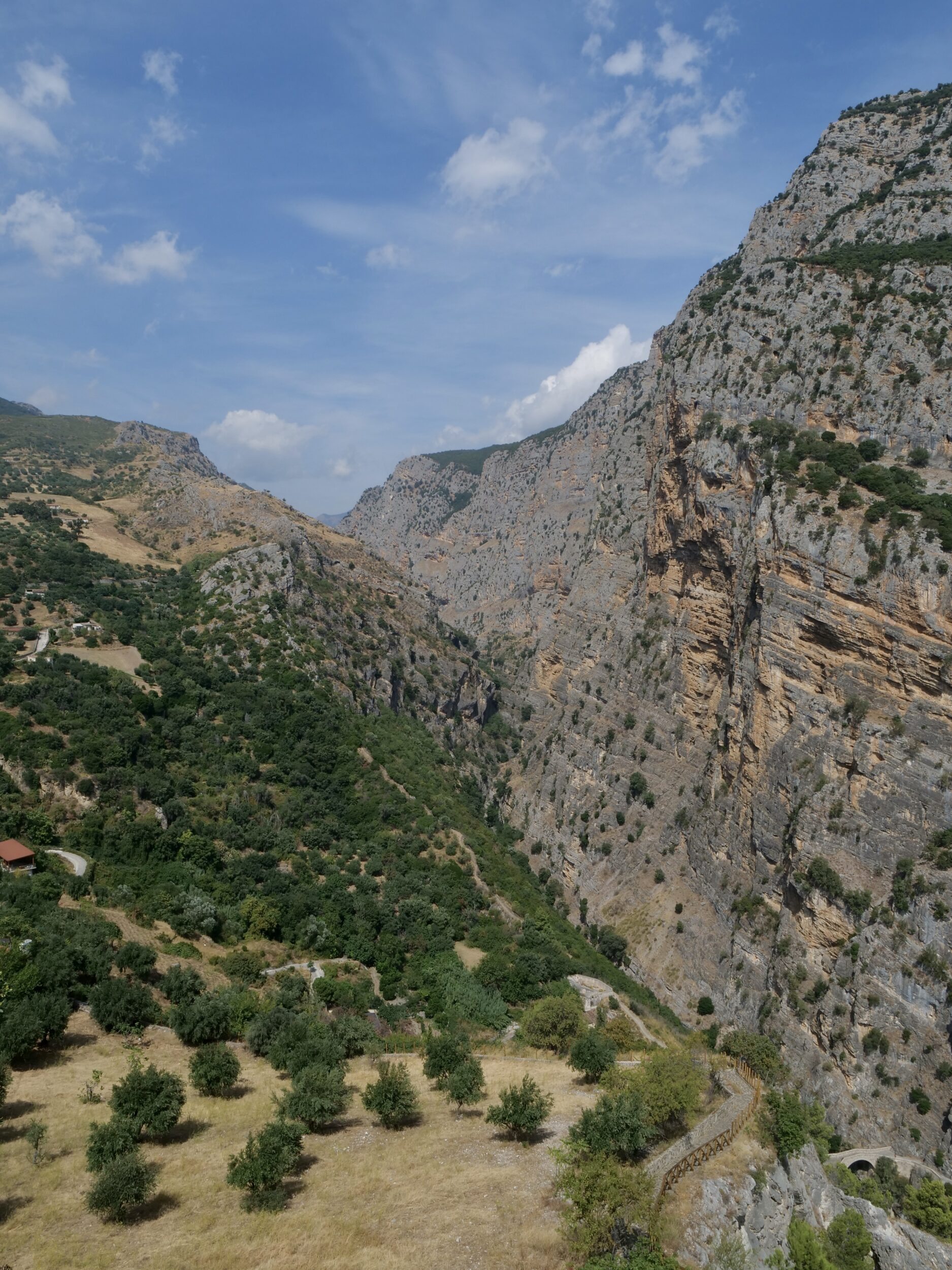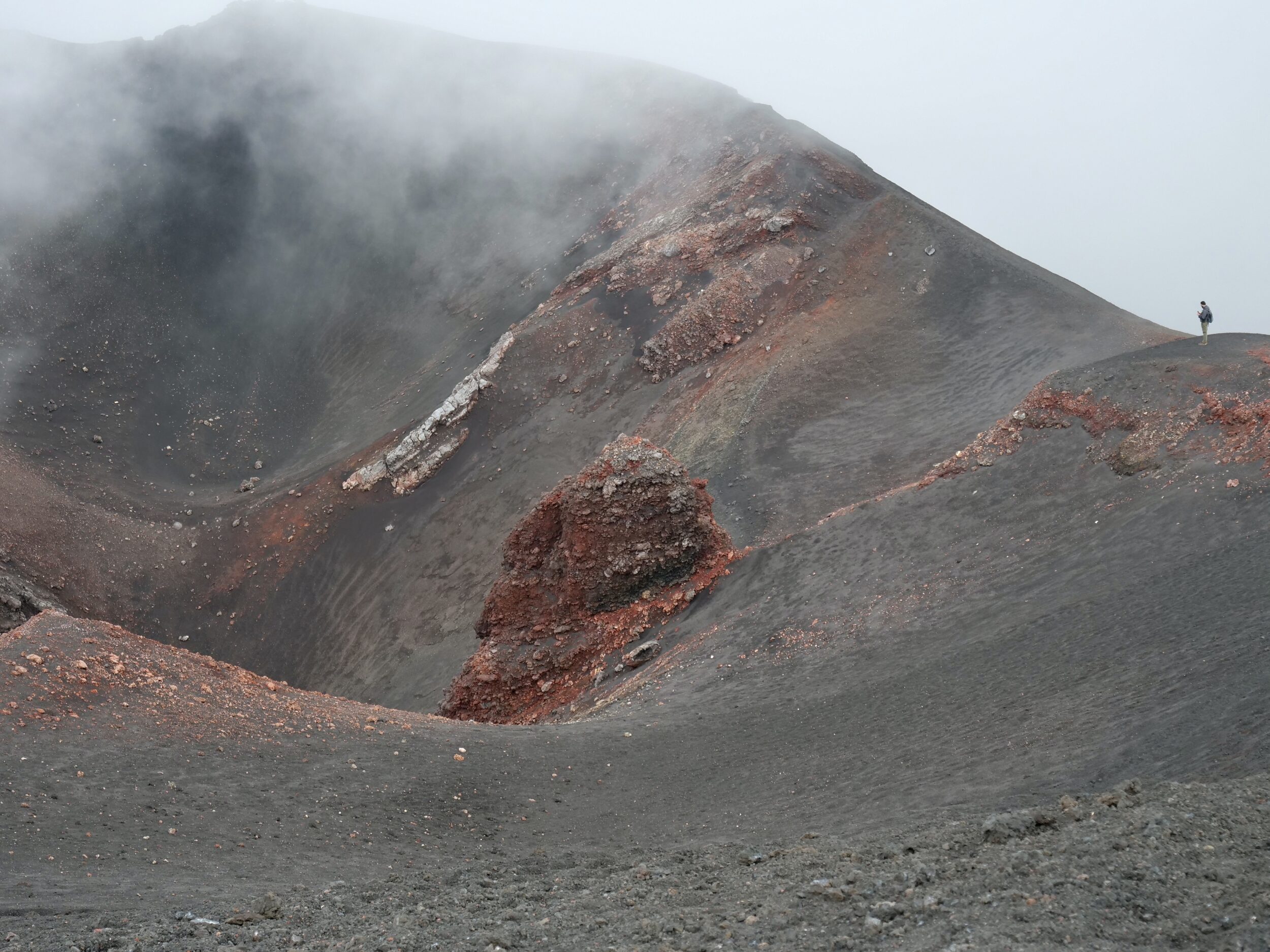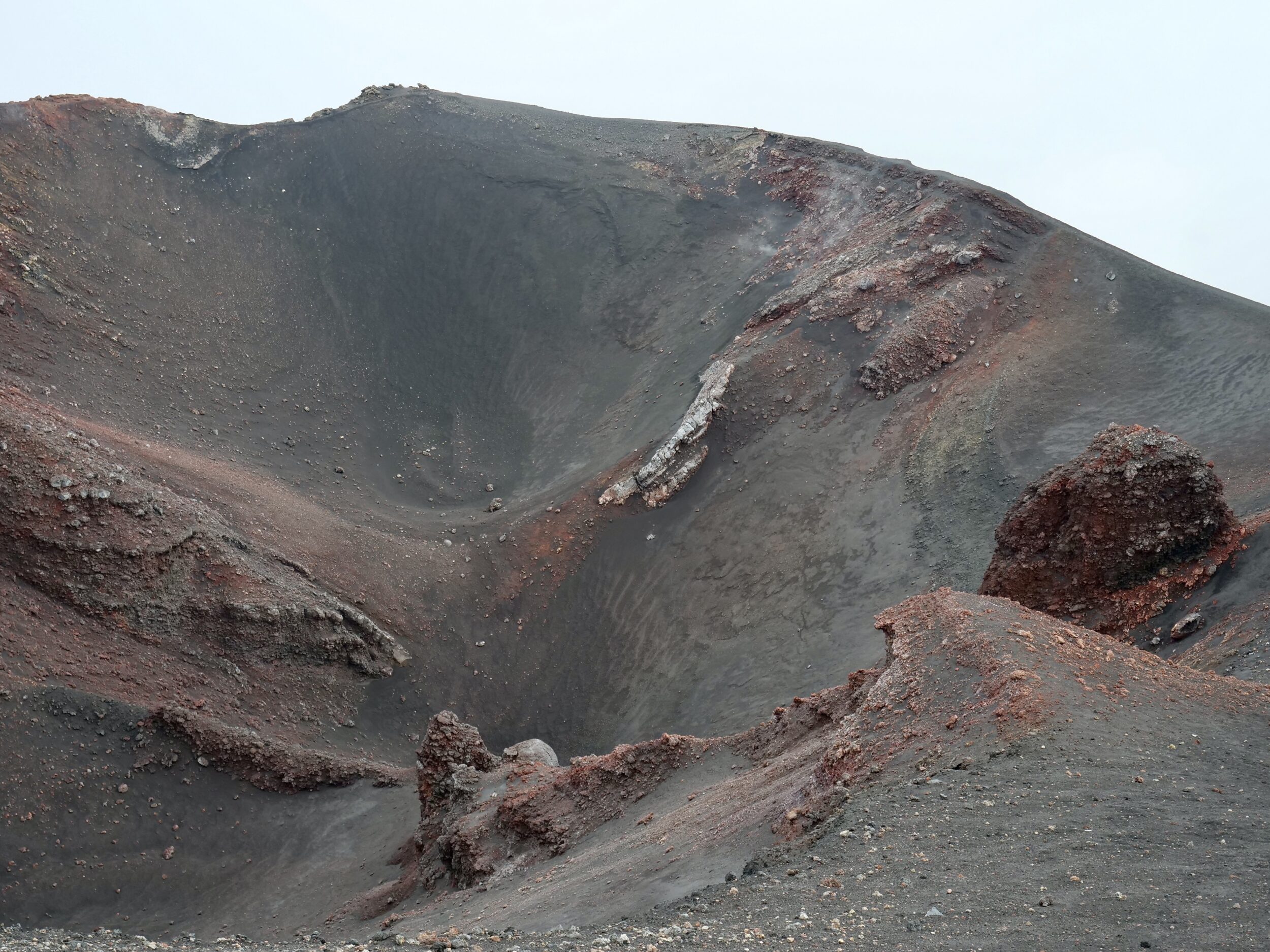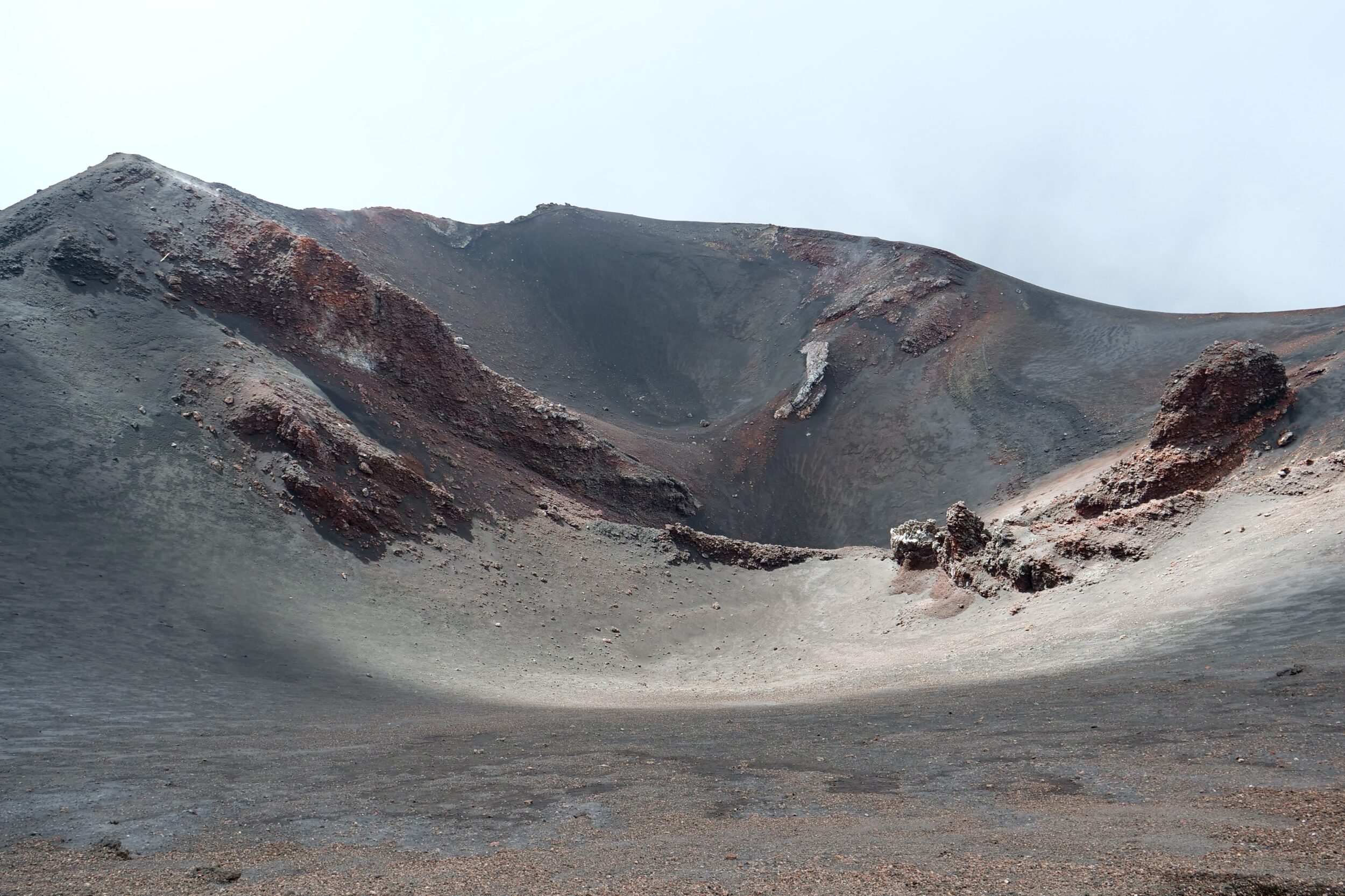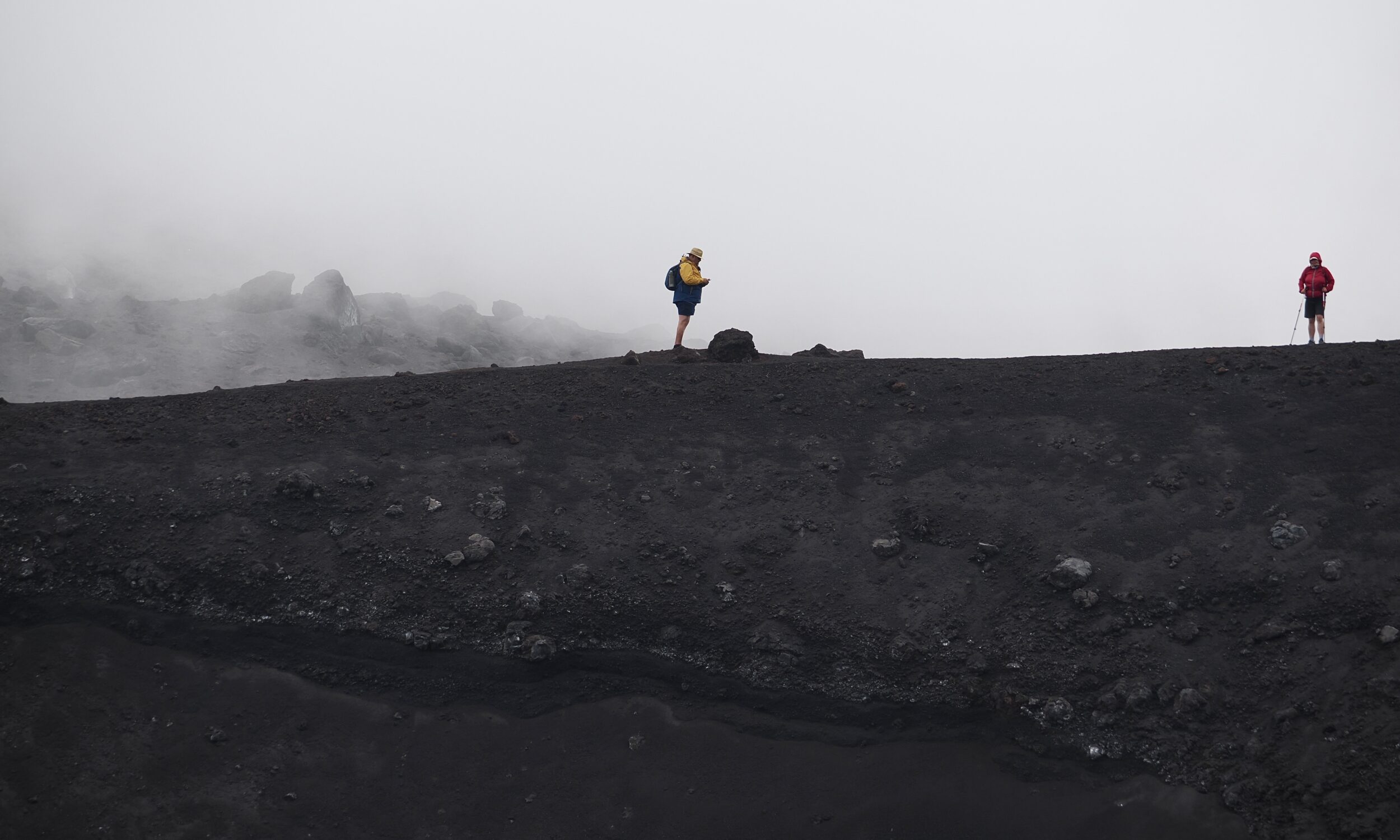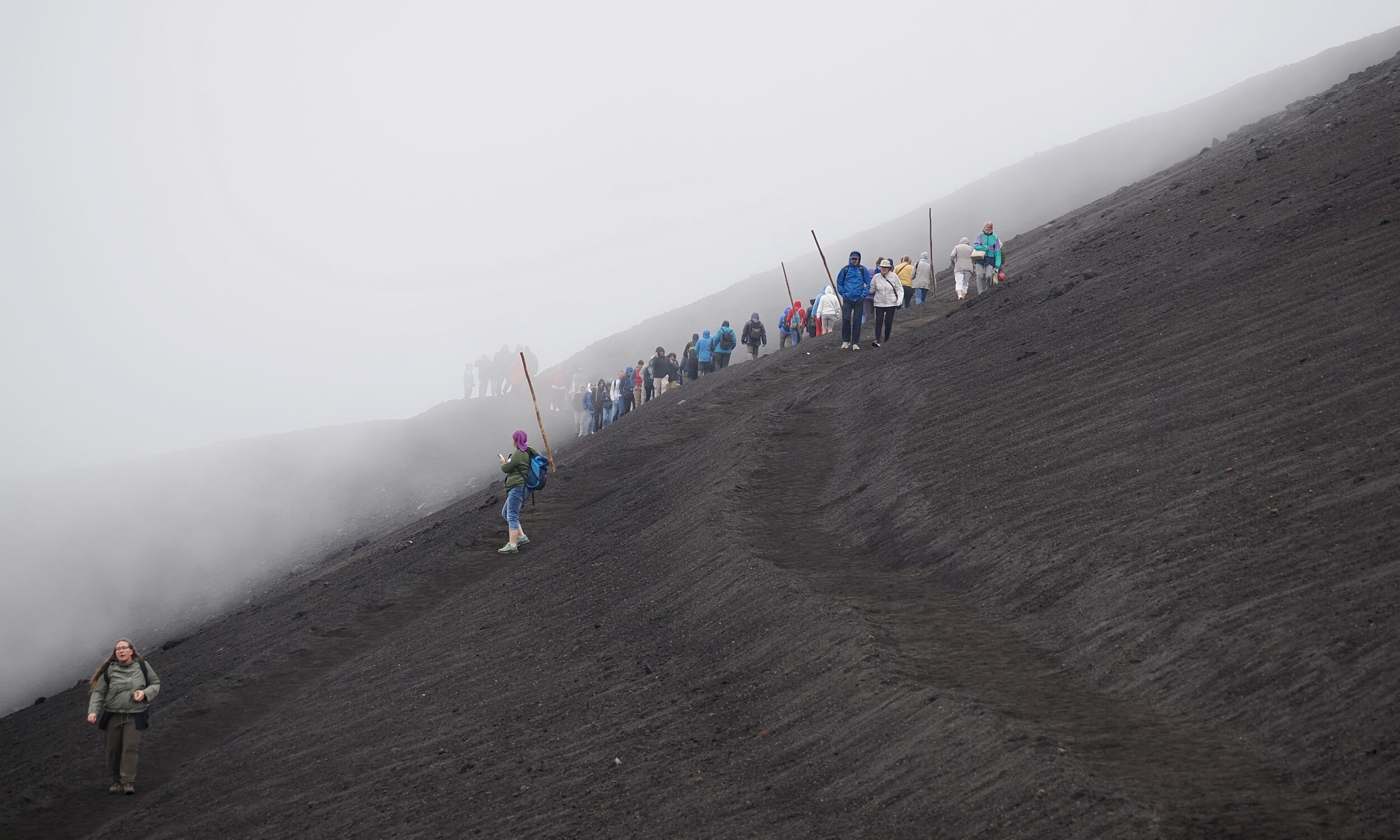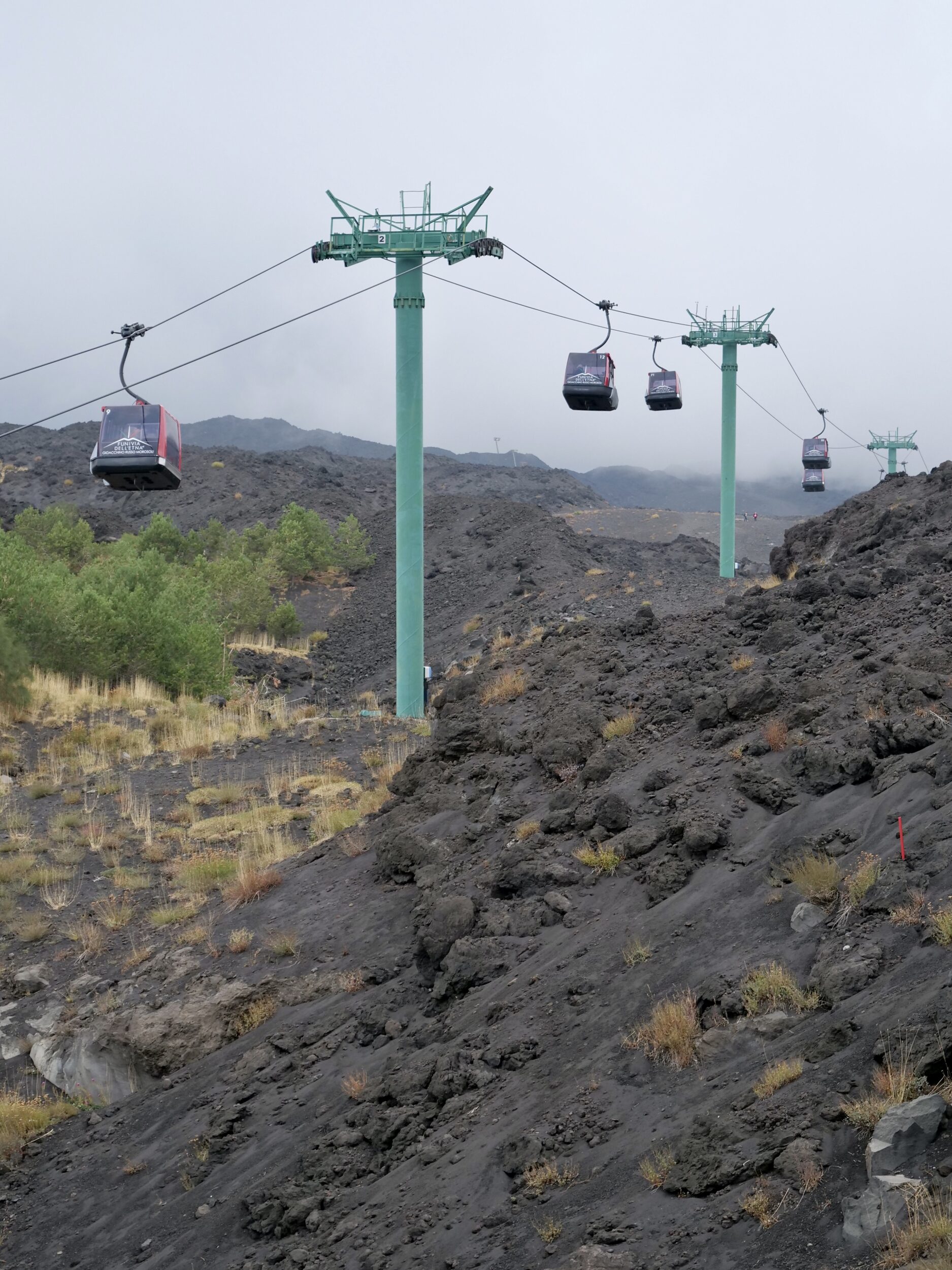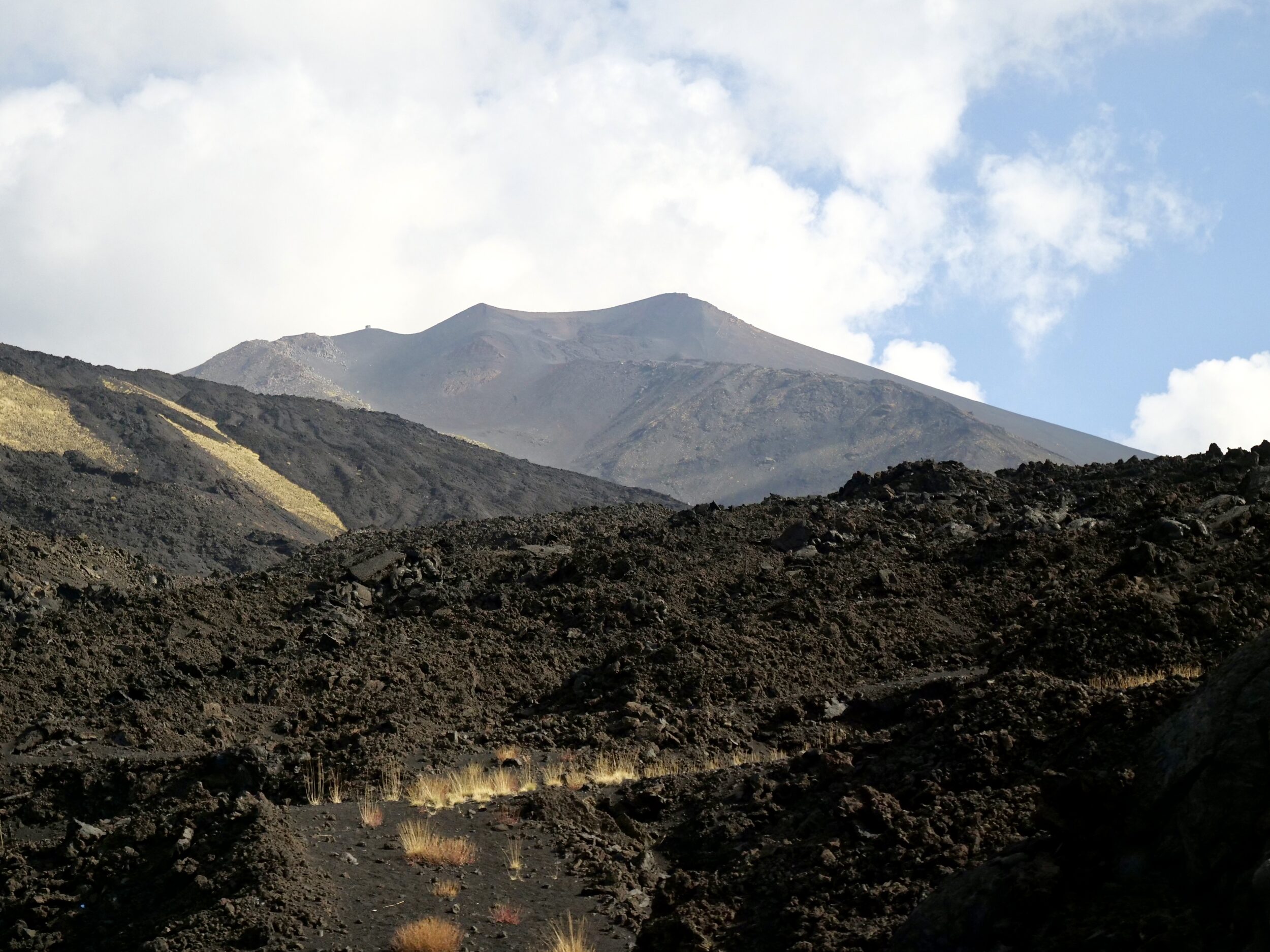Its “permanent” population of circa 5,000 people is around the same size as Naracoorte’s, or circa half that of the Australian Portland.
Naracoorte is a prosperous South Australian country town; Portland is Victoria’s oldest “European” settlement.
The post’s actually-European town is very much older than any Australian one.
its population and power peaked circa one thousand years ago.
Its eponymous republic was then a significant maritime power, trading in many “things”, including enslaved humans.
Tourism-wise, its “peak” is circa right now, and it is stratospherically beyond Naracoorte’s or Portland’s wildest dreams…or nightmares.
Comments closed